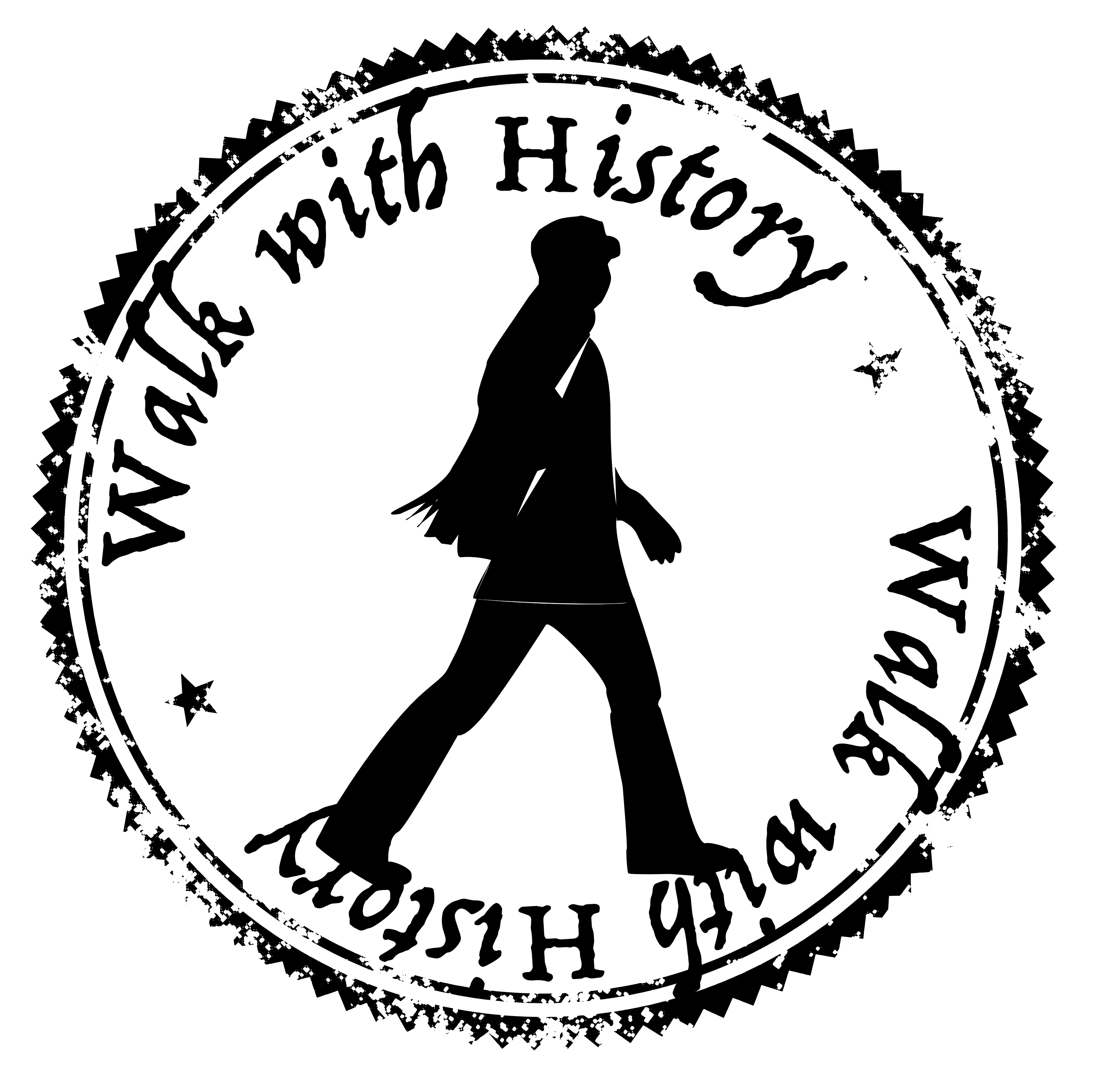The History of Christmas and Santa Claus
🎙️ Lifetime Memberships are Live!
In this episode, Scott takes us on a historical sleigh ride through the fascinating origins of Christmas. From pagan rituals to medieval feasts, Scott uncovers the history, magic, and traditions behind the holiday season. Join us as we explore the evolution of Christmas and discover why it holds a special place in our hearts.
Merry Christmas from the Talk With History team!
0:00 History of Christmas
00:09 Introduction and Gratitude
00:49 Unwrapping the History of Christmas
01:29 Ancient Origins of Christmas
02:10 Christmas in the Middle Ages
02:46 The Norse Yule and European Celebrations
03:46 Christmas Banned in England
04:24 Revival and Modern Traditions of Christmas
05:02 The Pagan Roots of Mistletoe Tradition
05:24 The Evolution of Santa Claus
07:42 The Global Symbol of Hope: Santa Claus
08:00 Conclusion: The Timeless Spirit of Christmas
-------------------------------------------------------
⬇️ Help us keep the show going and explore history with us! ⬇️
🧳 Plus...get free travel resources in your inbox.
-------------------------------------------------------
📧 contact: talkwithhistory@gmail.com
Talk with History is a global Top 40 History podcast on Feedspot!
Transcript
Welcome to Talk With History.
Scott:I'm your host, Scott.
Scott:It's the end of the year, and Jen and I wanna say thank you.
Scott:Thank you for an amazing year of history guided journeys, support
Scott:from you, and thank you to all those who reached out and review the show.
Scott:We saw some amazing growth this year, and we look forward to
Scott:next year as we continue to are history adventures with you.
Scott:This will be our last episode of twenty twenty three, but don't worry.
Scott:We'll be back with a bunch of new travels to explore and share.
Scott:We hope you have a merry Christmas and a happy New Year.
Scott:Tonight, we're sitting around the fire to learn about a holiday steeped in
Scott:history, magic, and holiday spirit.
Scott:We peel back the wrapping paper on some of the most beloved holiday
Scott:traditions and unwrapping the biggest gift of all, Christmas itself.
Scott:Christmas is a time for family, feasting, and festivity.
Scott:But have you ever wondered where these traditions came from?
Scott:How did a humble baby born in a manger become the center of a global celebration?
Scott:Buckle up, folks, because we're about to embark on a historical sleigh ride through
Scott:the fascinating origins of Christmas.
Scott:Our story begins long before the jingle bells in the ancient world.
Scott:Pagan winter celebrations like the Roman Saturnalia and the Norse Yule
Scott:marked the darkest days of the year with Feasting, merrymaking, and gift giving.
Scott:These celebrations honored the return of the sun and the promise of spring.
Scott:Then around the fourth century AD, with Christianity on the rise, church leaders
Scott:decided to adapt these traditions to celebrate the birth of Jesus Christ.
Scott:December twenty fifth, originally a Roman holiday honoring the sun god Sol Invictus,
Scott:became the official date for Christmas.
Scott:Fast forward to the middle ages, and Christmas had
Scott:transformed into a joyous feast.
Scott:Imagine grand banquets in the castles and manor houses with roasted boar,
Scott:spiced wine, and elaborate pageantry.
Scott:People sang carols, danced, and indulged in games like
Scott:mummers, plays, and wassailing.
Scott:But it wasn't all fun and games.
Scott:The church also used Christmas as a time for religious reflection and charity.
Scott:They encourage acts of kindness and giving to the less fortunate, A
Scott:tradition that continues on to this day.
Scott:In Scandinavia, the Norse celebrated Yule from December twenty first,
Scott:The winter solstice through January.
Scott:In recognition of the return of the sun, fathers and sons would bring home large
Scott:logs, which they would set on the fire.
Scott:The people would feast until the log burnt out, which could
Scott:take as many as twelve days.
Scott:The Norse believed That each spark from the fire represented a new pig or calf
Scott:that will be born during the coming year.
Scott:Interesting way to welcome in the twelve days of Christmas with an eel log.
Scott:The end of December was a perfect time for celebration in most areas of Europe.
Scott:At that time of year, most cattle were already slaughtered so they would not
Scott:have to be fed during the winter for many.
Scott:It was also only the only time of year where they had a supply of fresh meat.
Scott:In addition, most wine and beer made during the year was finally
Scott:fermented and ready for drinking.
Scott:The reformation of the sixteenth century brought some
Scott:Grinches to the party, though.
Scott:Protestant reformers like Puritans saw Christmas's revelry
Scott:as too pagan and frivolous.
Scott:In fact, Christmas was actually banned in England for over a century.
Scott:Oliver Cromwell and his Puritan forces overtook England in sixteen forty five.
Scott:They vowed to rid England of decadence And as part of their
Scott:effort, canceled Christmas.
Scott:However, by popular demand, Charles The second was restored to the
Scott:throne, and with him came the return of the popular holiday.
Scott:But the Christmas Spirit couldn't be contained for long.
Scott:By the eighteenth and nineteenth century, Christmas was back in full swing,
Scott:fueled by a growing middle class and a romanticized vision of the holiday.
Scott:This is when many of our modern traditions like Christmas trees, stockings,
Scott:and Santa Claus began to take shape.
Scott:Today, Christmas is a kaleidoscope of cultural influences.
Scott:We have German Christmas markets, American carols and Scandinavian gnomes
Scott:all nestled nestled under the tree together, and that's the beauty of it.
Scott:Christmas is a holiday that adapts and evolves, reflecting the changing times and
Scott:the diverse communities that celebrate it.
Scott:Now here's a little bonus tip.
Scott:Did you know that the Tradition of kissing under the mistletoe
Scott:was actually has some pagan roots.
Scott:The mistletoe plant was considered sacred by the druids, And they believed
Scott:it possessed magical properties.
Scott:So the next time you smooch under that magical mistletoe, remember,
Scott:you're carrying on on a tradition that's thousands of years old.
Scott:But what about that jolly old man with large belly and red nose?
Scott:How did Santa Claus come to grace our modern day Christmas celebrations?
Scott:Well, his tale begins not with reindeer and chimneys, but with the
Scott:fourth century bishop named Nicholas.
Scott:This kind and generous soul known for his secret gift giving to children and
Scott:the poor became a saint after his death, and his legend spread throughout Europe,
Scott:Eventually taking root in the Netherlands as Sinterklaas, a stern but benevolent
Scott:figure who rewarded good children with treats and punish naughty ones with
Scott:his sidekick, the fearsome Krampus.
Scott:Fast forward to the nineteenth century in America where Sinterklaas Boss underwent
Scott:a delightful makeover, and we have Clement Clark Moore, a poet who penned the iconic
Scott:A Visit from Saint Nicholas, Better known as Twas the Night Before Christmas.
Scott:Here, Sinterklaas transformed into Santa Claus, A jovial twinkling
Scott:eyed old elf who delivered presents by reindeer drawn sleigh.
Scott:Moore's poem with its vivid imagery and playful rhyme solidified Santa's jolly
Scott:persona in the American imagination.
Scott:But Moore's words needed an artist to bring Santa to life.
Scott:Enter Thomas Nast, the nineteenth century cartoonist who gave Santa
Scott:his now familiar visual identity.
Scott:Nast's illustration, Harper's Weekly, depicted Santa as a chubby, bearded man
Scott:in a red suit forever etching this Merry image into the minds of generations.
Scott:Over time, Santa's look evolved Further, Coca Cola ads in the nineteen
Scott:thirties give him a rounder belly and a wider smile, solidifying the jolly
Scott:grandfatherly figure we know today.
Scott:Other cultures added their own touches from the white haired dead
Scott:morose in Russia to the slender version of Santa Claus in Finland.
Scott:But through it all, Santa's core traits, generosity, kindness, and
Scott:holiday cheer have remained constant.
Scott:Today, Santa Claus is more than just a Christmas figure.
Scott:He's a global symbol of hope, wonder, and the joy of giving.
Scott:He connects us to our childhood memories, fills our homes with laughter, and reminds
Scott:us that even in the coldest winter, a little bit of magic can warm our hearts.
Scott:So there you have it, folks.
Scott:From pagan rituals to medieval feasts to the cozy traditions of
Scott:today, Christmas has come a long way.
Scott:It's a reminder that even though the world may change, the core
Scott:values of Christmas, love, Hope and togetherness remain timeless.
Scott:And jolly old Saint Nick may have humble beginnings, but his legacy speaks volumes.
Scott:He's a testament to the power of storytelling, the magic of tradition,
Scott:and the enduring human spirit.
Scott:We hope you've enjoyed this Holly jolly history lesson, and now go
Scott:forth and spread the Christmas cheer.
Scott:Remember, the best gift you can give this holiday season is the joy of
Scott:giving, The warmth of family and the belief that even the smallest act of
Scott:kindness can make a big difference.
Scott:Merry Christmas from the Talk With History team, and happy holidays.





